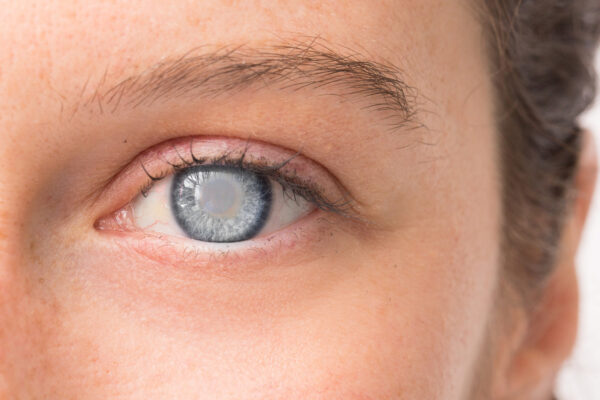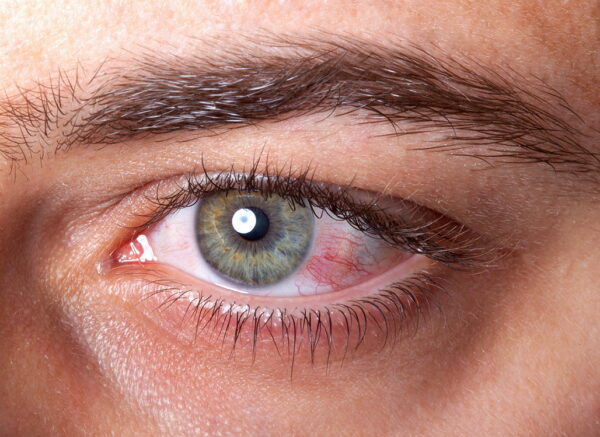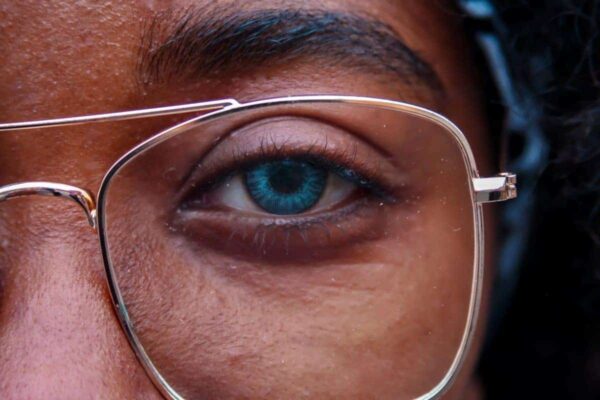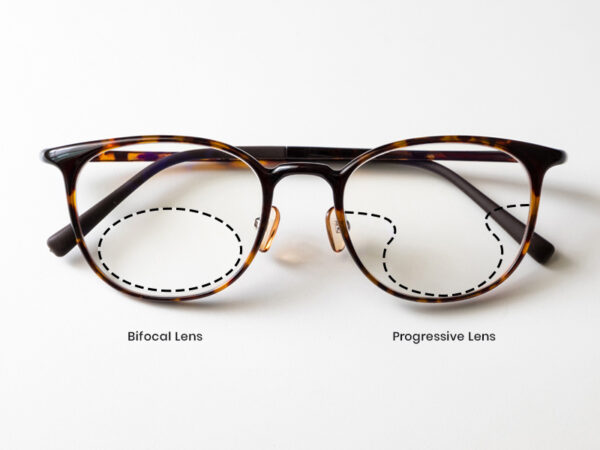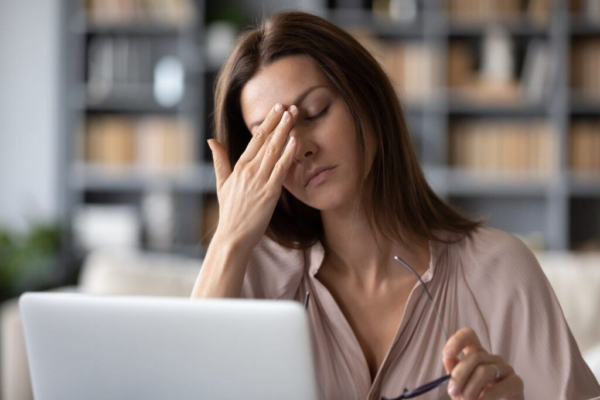
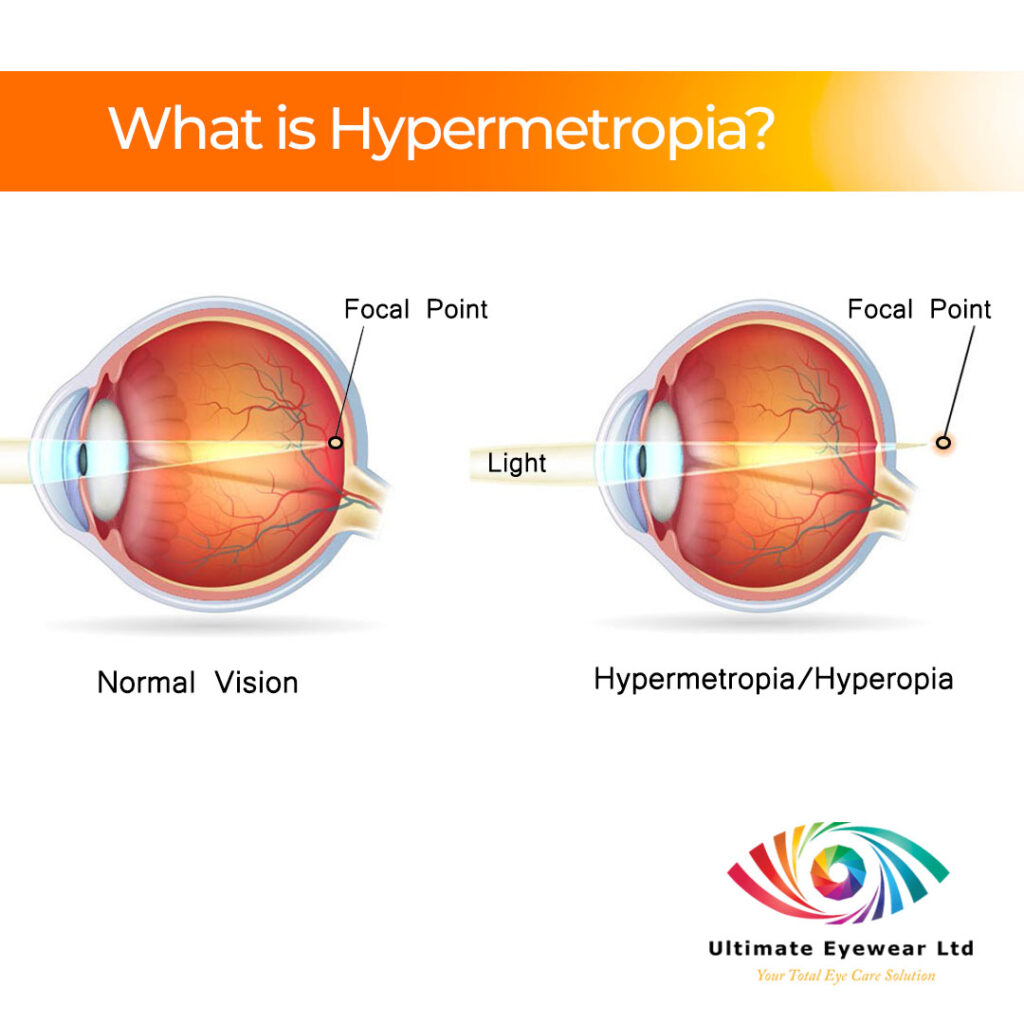
Hypermetropia/Hyperopia is also known as Far-sightedness/ long-sightedness.
It is one of the common refractive errors of the eye.
If you are hypermetropic, the image of a nearby object is formed behind the retina. This means that light is focused too far back in the eye, causing things which are close up to appear blurred or the eye having to constantly refocus ( via a process called accommodation) to maintain clear vision.
People with severe hypermetropia may be able to clearly see only objects a great distance away, while those with mild farsightedness may be able to clearly see objects that are much closer.
Hypermetropia is a very common condition, especially in children and can lead to several symptoms which are all associated with eyestrain.
If you’re farsighted, your eyes have to work harder to maintain clear vision up close, this inevitably causes eyestrain.
Symptoms of Hypermetropia are due to this extra eyestrain and may include one or more of the following:
- Frontal headaches (forehead to temple region) associated with close work.
- Your eyes burn during or after close visual task (computers/reading/writing)
- Your eyes water during or after close work (computers/reading/writing)
- You have general eye discomfort or a “heavy feeling” of the eyes after doing close tasks.
- If you experience any of the above symptoms, there is a strong chance that you are Hypermetropic, and correcting this refractive error will eliminate the symptoms that you experience.
Hypermetropia is sometimes difficult to explain to patients as they often believe that as long as they can see clearly, then they do not require glasses but correction for Hypermetropia more often has to do with relieving the strain on your eyes (and associated symptoms), rather than clarifying your vision itself.
Hypermetropia is caused by a refractive error of the eye.
Without getting too technical, we will explain the causes of Hypermetropia.
Your eye has two parts that focus images:
– The cornea is the clear, dome-shaped front surface of your eye.
– The lens is a clear structure about the size and shape of an M&M’s candy inside of your eyes.
The cornea and lens are responsible for bending (refracting) all incoming light to make a sharply focused image directly on the retina, which is at the back of your eye.
Hypermetropia occurs mainly due to two reasons:
1) When your eyeball is shorter than normal (the axial length of the eye from the front to the back).
2) When the cornea or the lens (both mentioned above) are flatter in shape (less curved) than normal.
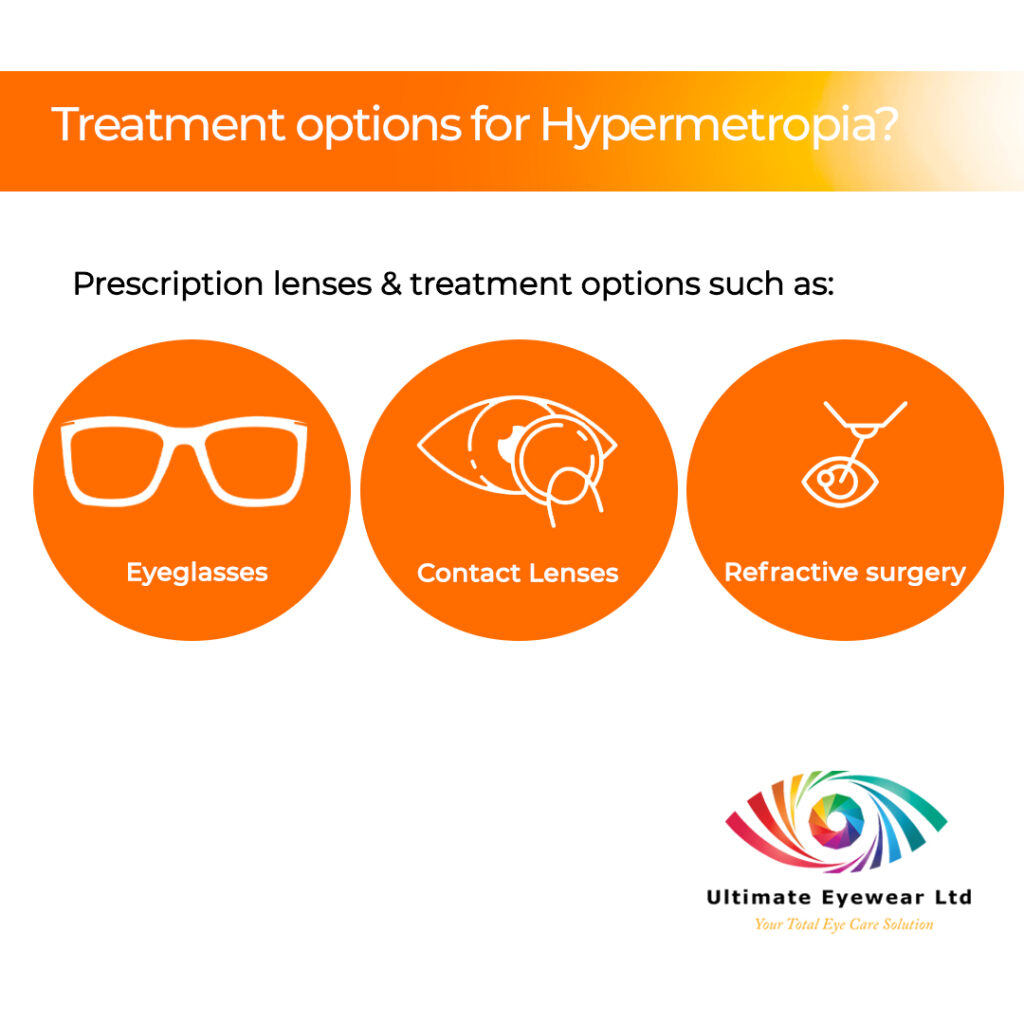
The goal of treating farsightedness is to help focus light on the retina through the use of corrective lenses or refractive surgery.
Prescription lenses
In young people, treatment isn’t always necessary because the crystalline lenses inside the eyes are flexible enough to compensate for the condition. However, depending on the degree of farsightedness as well as the symptoms experienced, you may need prescription lenses to improve your near vision and/or relieve any associated symptoms.
As you age and the lenses inside of your eyes become less flexible, you feel the effects of Hypermetropia more and more, and you will require correction.
Wearing prescription lenses treats Hypermetropia by counteracting the decreased curvature of your cornea/lens or the smaller size (axial length) of your eye.
Types of prescription lenses include:
Eyeglasses
This is a simple, safe, and recommended way to sharpen decreased vision caused by farsightedness and/or relieve any symptoms associated with eyestrain.
Contact lenses
Ask your eye doctor about the pros and cons of contact lenses and what might be best for you.
Refractive surgery
These surgical treatments correct farsightedness by reshaping the curvature of your cornea. This is not usually the first treatment option but in some cases, it might be indicated.
Opening Hours
Monday – Friday : 8:00AM – 5:00PM
Saturdays: 9:00AM – 1:00PM


